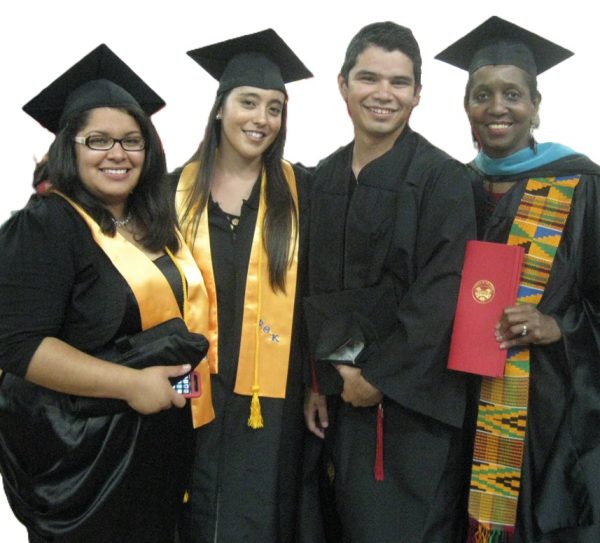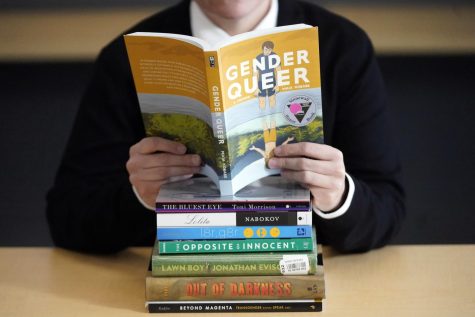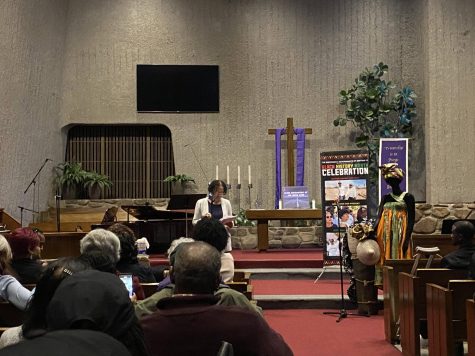Proposition 16 strives for equality
This year’s propositions are causing quite a stir among California residents, some more than others. In the mail, Californian registered voters should have received a packet explaining the 12 proposed propositions. The include Propositions 14 – 25, but the one that seems to have many conflicted is Proposition 16.
Proposition 16 reads as follows: Allows diversity as a factor in public employment, education and contracting decisions. Legislative constitutional amendment.
This means that race, religion, sex, color, ethnicity or national origin will play a role in government decision-making for public employment, schooling and contracting.
In 1996, Proposition 209 was introduced and passed to ban affirmative action in California. Affirmative action allows a government or an organization to have a set of policies and practices in their buildings to favor a specific group that wasn’t given a fair chance in the past, i.e., race, sex, color, ethnicity or national origin.
The origin of Proposition 209 being proposed was due to a historic Supreme Court case in 1978, Regents of the University of California v. Bakke. The prop was voted into California’s law with a 55% vote on yes from Californians, making California the first state to ban affirmative action.
Proposition 16 wishes to undo Proposition 209, and for those who support Proposition 16 say this will open up an equal opportunity for all Californians no matter who they are or what they believe in. The pro’s to voting yes on Proposition 16 goes as follows:
- Equal pay, schooling and jobs for all, regardless of gender, race, ethnicity, etc.
- Supports women and women of color who serve as essential workers during COVID-19.
- Strong anti-discrimination laws and quotas from previous laws will remain unchanged.
- Invests wealth back into communities.
- Improves access to equal quality education for students in grade school and beyond.
The main argument for Proposition 16 is that it will push back all forms of racism and sexism with its equality standards while aiding the economy by giving back to the community and helping small businesses grow.
Key Proposition 16 Supporters:
- Vice Presidential candidate and current U.S. Sen. Kamala Harris, D-Calif.
- Gov. Gavin Newsom
- Speaker of the United States House of Representatives Nancy Pelosi
- U.S. Sen. Bernie Sanders, I-Vt.
- Patrisse Cullors and Alicia Garza, co-founders of the Black Lives Matter Movement
Those who are against it say it’s completely hypocritical because affirmative action must sacrifice a category of people to help another group succeed, which is still discrimination.
Key Opponents of Proposition 16:
- Ward Connerly – Chairperson of the campaign behind California Proposition 209 (1996)
- California State Senator Ling Ling Chang
- California State Senator Melissa Melendez
- Former U.S. Representative Tom Campbell
Here’s an example of how affirmative action shows both it’s pros and cons at once:
A public university wants to have a melting pot of people within their campus, and they want to have everyone be represented equally. In the enrollments, the board has two enrollment documents between a small business owners’ daughter and a bug sprayer son, both of whom meet all school academic standards. A pro for this would make this decision easy because the university lacks males, so they go with the bug sprayer’s son.
However, it can work the other way around if they lack females, so the daughter would be selected instead if that is the case. But that’s where the con comes in because someone will miss out, and it will have to do with who they are. Remember, affirmative action doesn’t have to be about gender. The university could decide who they want based on race, color, ethnicity, or national origin, so image just trying to decide with those other factors adding into the mix.
The proof affirmative action decides to choose who is easily based on the fact that everyone will receive equal representation on campus. Still, the con is that matter what, someone will be left out simply because the university has enough of a certain category.
Proposition 16 is a confusing one because it’s not offering a correct answer to solve racism and sexism; it offers a possible solution to level the playing field. The question all Californians should be asking themselves about Proposition 16 isn’t if it will end sexism and racism, but if it will aid in the fight to end racism and sexism.

Omar Romero is the online editor, staff reporter for The Chaparral. His career goal is to become either a sports radio host, sports commentator on television...















